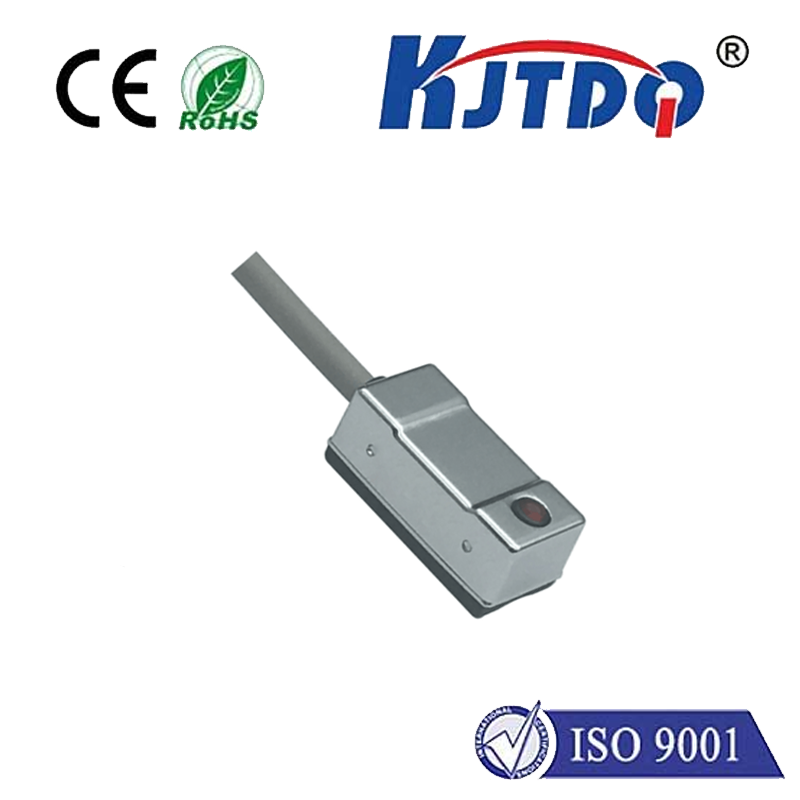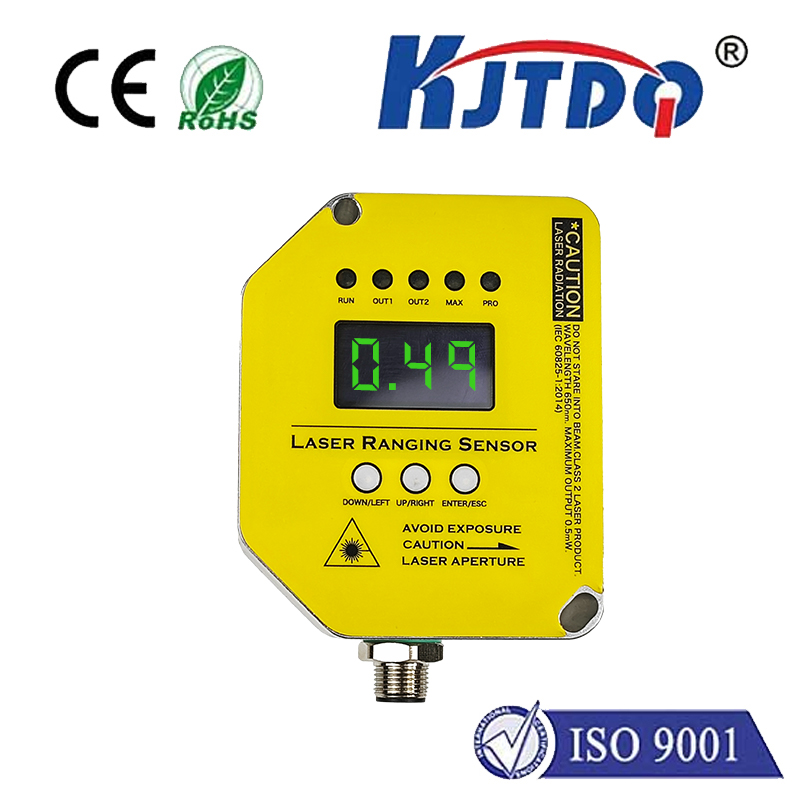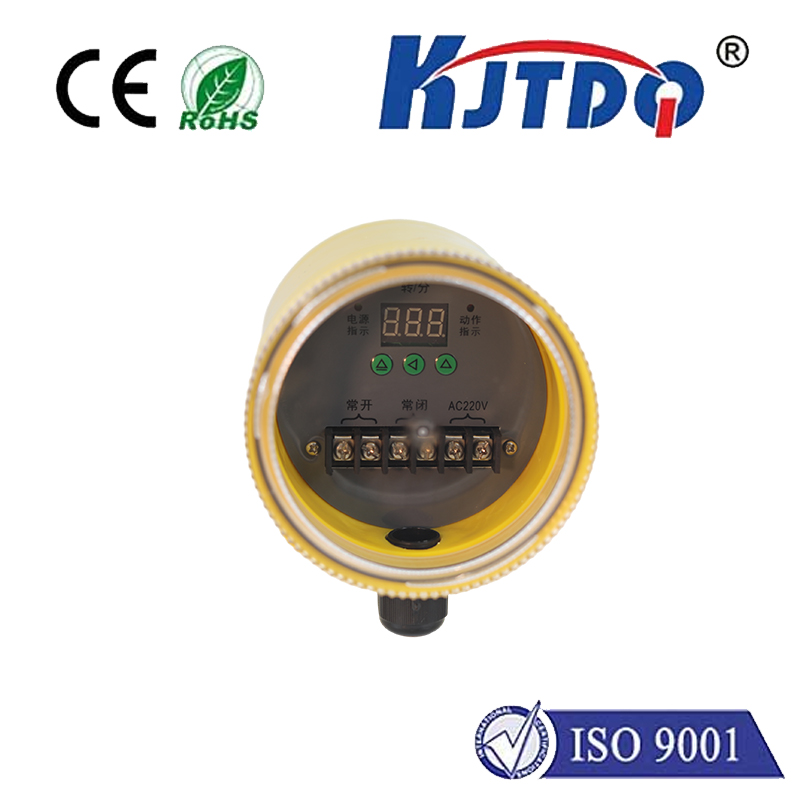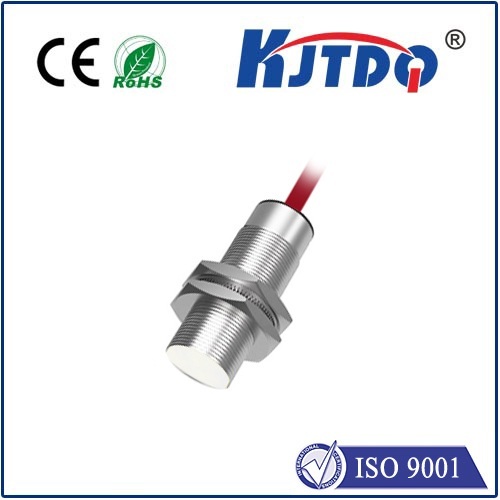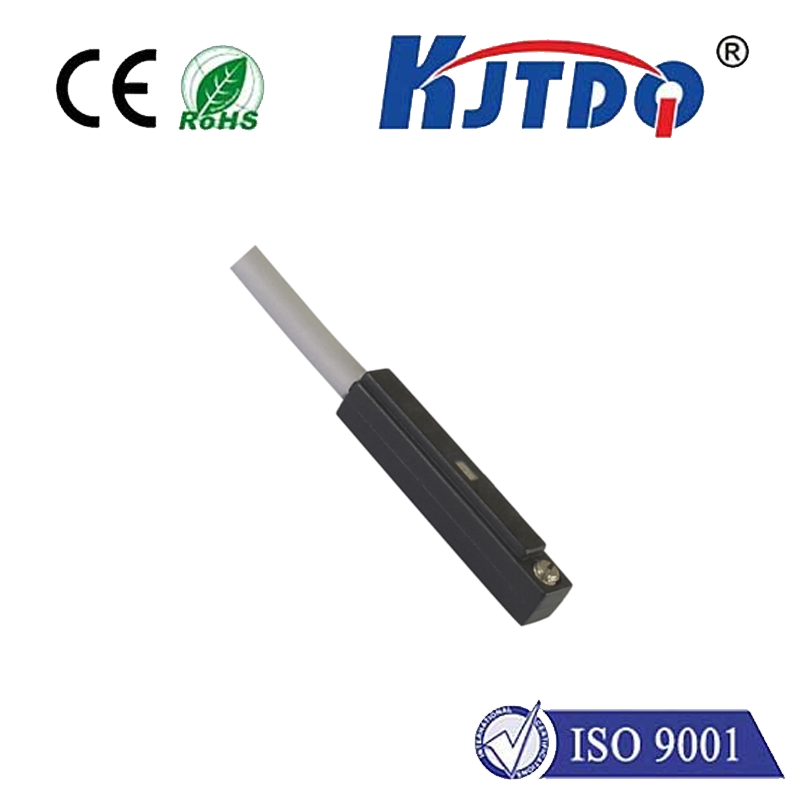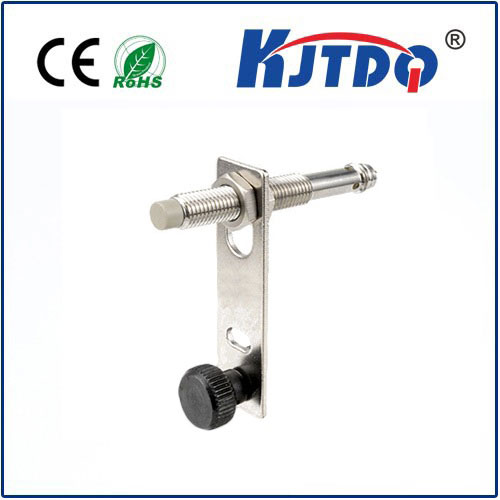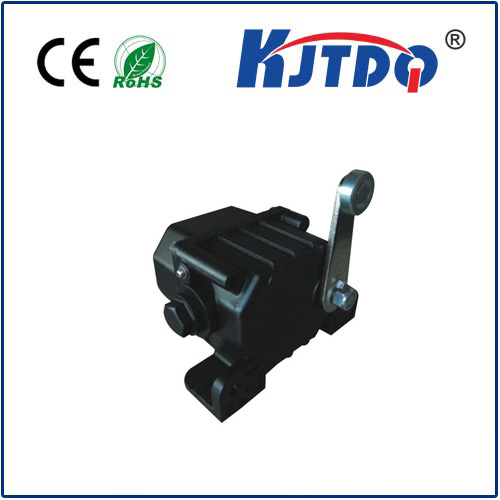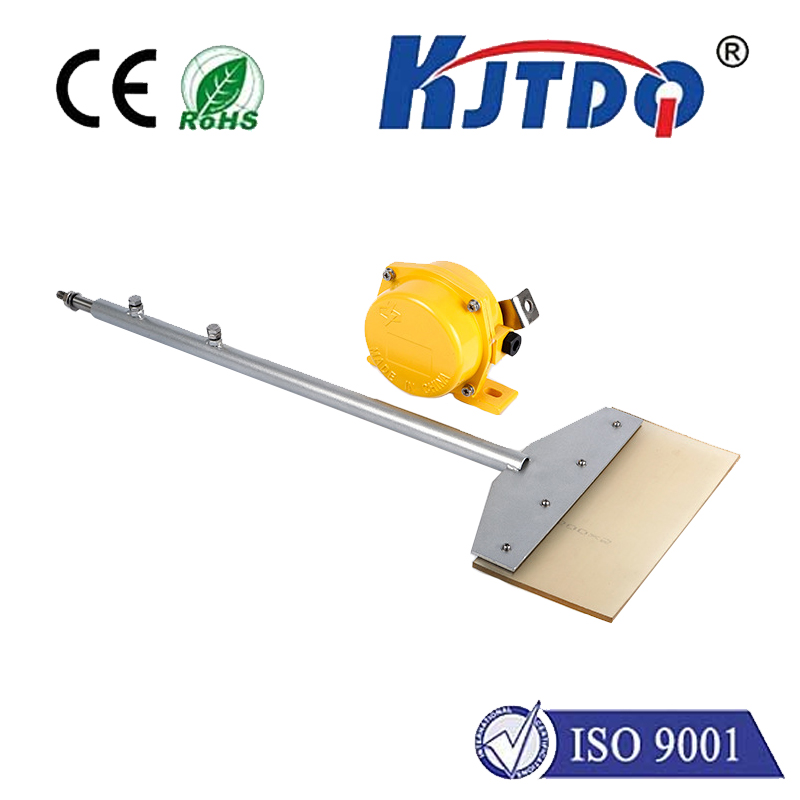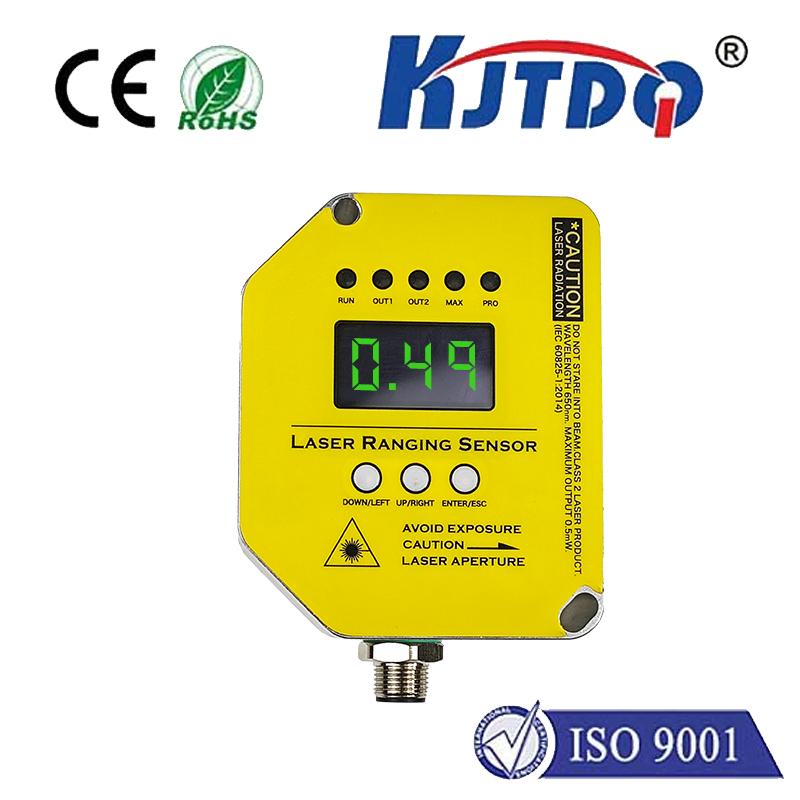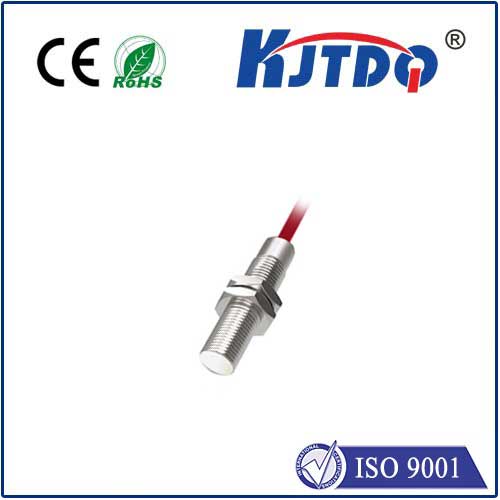
check

check

check

check
As technology continues to advance at an unprecedented pace, the role of sensors in our daily lives has become increasingly crucial. One type of sensor that has gained widespread popularity is the square type proximity sensor, commonly known as a ultrasonic sensor or QR code sensor. This article will delve into the history and evolution of this essential device, exploring its various applications and how it has transformed over time.
The Early Beginnings
The concept of a proximity sensor can be traced back to the early 20th century when researchers first began experimenting with超声波 technology. However, it wasn't until the 1970s that the first practical ultrasonic sensor was developed for use in industrial applications. These sensors were relatively basic, with limited range and accuracy.
Square Type Proxsensors: The Breakthrough
In the late 1980s, a new generation of square-type proximity sensors emerged, offering significantly improved performance over their predecessors. These sensors used infrared (IR) technology, which allowed them to detect objects from a greater distance and with greater precision. The introduction of these advanced sensors paved the way for their widespread adoption in various industries, including manufacturing, healthcare, and automotive.
Revolutionizing Industries with Square Type Sensors
With their enhanced capabilities, square-type proximity sensors quickly found their way into a wide range of applications. In manufacturing, they helped improve quality control by providing real-time feedback on machine performance and identifying defects early on. In healthcare, these sensors were used to monitor vital signs and track patient movements, helping to improve overall health outcomes. And in the automotive industry, they played a crucial role in enhancing safety features such as collision avoidance and pedestrian detection.
Advancements in Square Type Sensor Technology
Over the years, the technology behind square-type proximity sensors has continued to evolve and improve. New materials and design techniques have been introduced, leading to even higher accuracy and range. Additionally, advances in artificial intelligence (AI) have enabled these sensors to learn from their environment and adapt to changing conditions, further enhancing their capabilities.
Square Type Sensors in IoT and Smart Homes
Today, square-type proximity sensors are playing an increasingly important role in the Internet of Things (IoT) ecosystem. These sensors are being used to develop smarter homes and smart cities, providing valuable insights into energy consumption, traffic patterns, and other critical data points. They are also being integrated into wearable devices like smartwatches and fitness trackers, allowing users to monitor their health more effectively.
Conclusion
From their humble beginnings as simple ultrasonic sensors to their current state as powerful tools for IoT, square-type proximity sensors have come a long way. As technology continues to advance, it is likely that we will see even more exciting developments in this field, making these devices even more useful and accessible for a wide range of applications. So if you're looking for a versatile and reliable sensor with excellent accuracy and range, look no further than thesquare-type proximity sensor – an indispensable tool for any modern IoT project.
